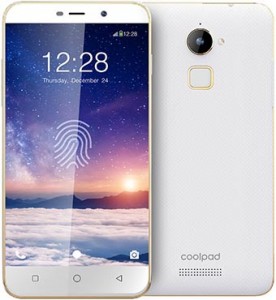Copyright © 2011 Elsevier Inc. All rights reserved. http://www.ncbi.nlm.nih.gov/pubmed/21402222
Anaerobic digestion
From Wikipedia, the free encyclopedia https://en.wikipedia.org/wiki/Anaerobic_digestion Batch or continuous[edit]
- Anaerobic digestion can be performed as a batch process or a continuous process. In a batch system biomass is added to the reactor at the start of the process. The reactor is then sealed for the duration of the process. In its simplest form batch processing needs inoculation with already processed material to start the anaerobic digestion. In a typical scenario, biogas production will be formed with a normal distribution pattern over time. Operators can use this fact to determine when they believe the process of digestion of the organic matter has completed. There can be severe odour issues if a batch reactor is opened and emptied before the process is well completed. A more advanced type of batch approach has limited the odour issues by integrating anaerobic digestion with in-vessel composting. In this approach inoculation takes place through the use of recirculated degasified percolate. After anaerobic digestion has completed, the biomass is kept in the reactor which is then used for in-vessel composting before it is opened [28] As the batch digestion is simple and requires less equipment and lower levels of design work, it is typically a cheaper form of digestion.[29] Using more than one batch reactor at a plant can ensure constant production of biogas.
- In continuous digestion processes, organic matter is constantly added (continuous complete mixed) or added in stages to the reactor (continuous plug flow; first in – first out). Here, the end products are constantly or periodically removed, resulting in constant production of biogas. A single or multiple digesters in sequence may be used. Examples of this form of anaerobic digestion include continuous stirred-tank reactors, upflow anaerobic sludge blankets, expanded granular sludge beds and internal circulation reactors.[30][31]




